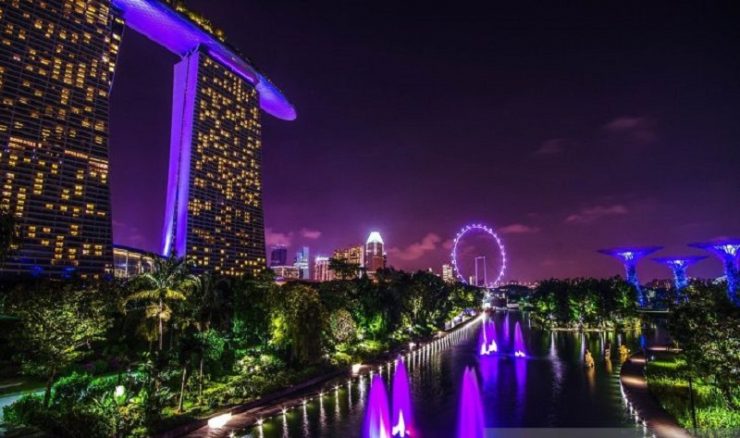SINGAPORE will implement new rules for foreign tourists. From 2024, enter Singapore using a QR scan instead of a passport. This rule will apply at all car counters at the Woodlands and Tuas checkpoints. The Immigration and Checkpoints Authority announced the new rules at its annual work plan seminar last Friday, May 5, 2023.
In the first stage starting in early 2024, the car entry process will not be fully automated because officers will still be stationed at manual counters. When fully implemented, the automated system will allow travelers to self-clearance from inside the car with little assistance from attendants.
A new automated system will be carried out afterwards. At Tuas Checkpoint, a special lane for automatic car entry using QR codes will open from 2026. Two years later, a new Woodlands Checkpoint will be built.
How to enter Singapore using a QR scan is fairly simple. Prior to travelling, travelers will create a profile and create an individual or group QR code on the MyICA mobile app, using details from their Singpass or passport.
At the checkpoint, foreign tourists can scan the QR code by themselves at the counter. They do not need to show their passports to immigration officers.
The officer will then carry out a “face image check” of the passenger in the car using the data retrieved via the QR code. “This will allow group entry into Singapore to be completed more quickly and reduce the overall time required to complete immigration,” said ICA.
Travelers will be able to save the created profile and use it for future trips, without having to enter details again. “Family members traveling together, for example, do not need to re-create information for onward travel, unless there is an update to their passport details,” said ICA.
When the special APICS lanes are launched at the Tuas and Woodlands checkpoints, tourists will still scan the QR code generated by the MyICA app. They will then present their biometrics for identity verification via the APICS contactless biometric scanner.
“This will eliminate the need to station officers in each car lane, allowing us to open more lanes,” said ICA.
The APICS trial started last year at Woodlands Checkpoint. About 94 percent of travelers can clear immigration through APICS without assistance from officials. “The majority found the process intuitive and quicker compared to manual clearance,” said the ICA.
The agency added that they will work with HTX to further enhance the APICS operating concept before rolling out at all ground checkpoints. Automated Passenger In-Car Clearance System (APICS) was developed by Home Team Science and Technology Agency (HTX). Its launch follows live trials that began last year
Starting in the first quarter of 2024, ICA will also gradually replace the manual counters in the passenger compartments of all checkpoints with new automated lanes of 800 units under the Automatic Border Control System (ABCS).
“Automatic immigration clearance will become the norm at checkpoints. The next generation of ABCS lanes will allow arriving and departing Singaporeans as well as departing visitors to enter the country without contact with an official and without having to show their passports,” said Deputy Commissioner for Policy and Transformation Cora Chen.
Cora Chen added that this will provide foreign tourists with a smoother and faster clearance experience, while allowing ICA to cope with increasing tourist volumes and limited manpower resources. [sources/photo special]
















